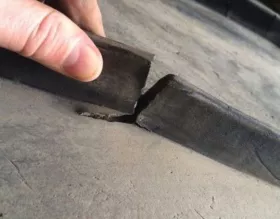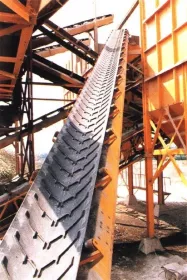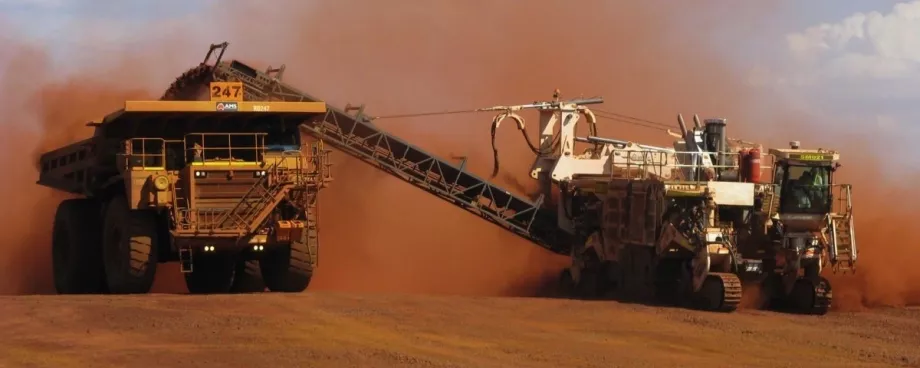
The rubber used for conveyor belts usually constitutes at least 70% of the material mass and therefore it is the single biggest element of cost when manufacturing a conveyor belt. Consequently, in the highly price-competitive conveyor belt market, for those who want to compete for orders based on price rather than performance and operational longevity, it becomes the single biggest opportunity for manufacturers to minimise costs. In fairness, the market for OEM’s of mobile plant equipment is also very competitive. This often means that any desire to pay a higher price for a higher quality, more durable conveyor belt is set aside in the effort to keep the selling price of their machines as competitive as possible.

The harsh reality is that conveyor belts used on mobile equipment are viewed by a great many as readily disposable components that are not a reflection of the reliability of the machine itself, even though the need to regular repair and replace worn and damaged belts is expensive both in terms of lost productivity and day-to-day running costs. A cynic might also say that for some manufacturers, belt suppliers and engineers, regularly replacing belts is a highly lucrative business that would not be nearly so profitable if the belts were a lot more durable and lasted a lot longer. Fortunately, for the higher-quality belt manufacturers, not everyone thinks that way.
The Slippery Slope
The two most common methods used to keep rubber costs to an absolute minimum are the use of recycled rubber (usually of highly questionable origin) and the use of cheap ‘bulking’ fillers such as chalk to replace part of the rubber polymers in the rubber compound. Another practice is the burning of used rubber car tyres to create a cheap form of carbon black. Some 20% of rubber compound is made up of carbon black so it has a notable impact on the overall cost of making a conveyor belt. Good quality carbon black is created by a process of burning oil in a strictly controlled, low oxygen environment so that combustion is incomplete. But burning used car tyres not only pollutes the atmosphere it also means that any oils and greases contained within ‘regenerated’ materials compared to good quality carbon black will have a detrimental effect on the physical properties of the rubber.
Key Messages
Making profiled belts that do what they need to do and, arguably most importantly of all, give the best return on investment by providing the longest possible working life, is something very few belt manufacturers can achieve. Fortunately, although they are a very rare breed indeed, there are at least one or two still out there that continue to prove that chevron belts that are genuinely durable and last much longer than the ‘cheap’ imitations cost appreciably less and are much less hassle in the long run.
■



















